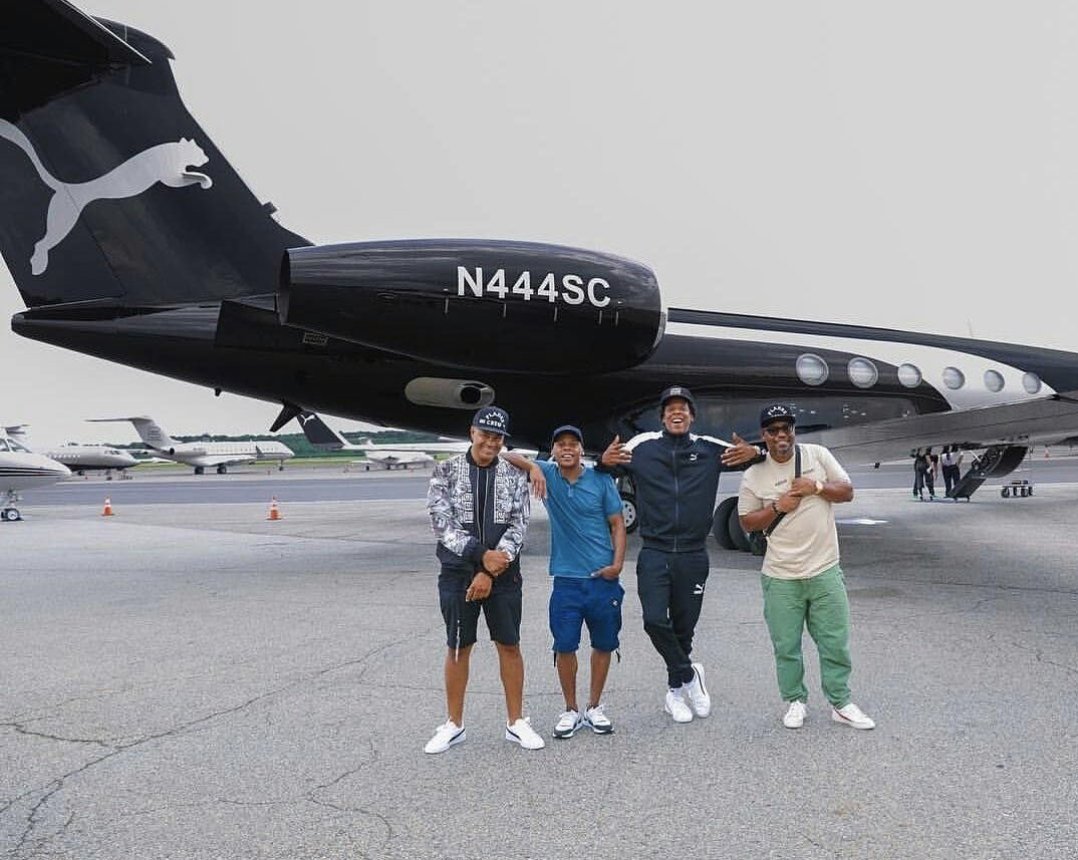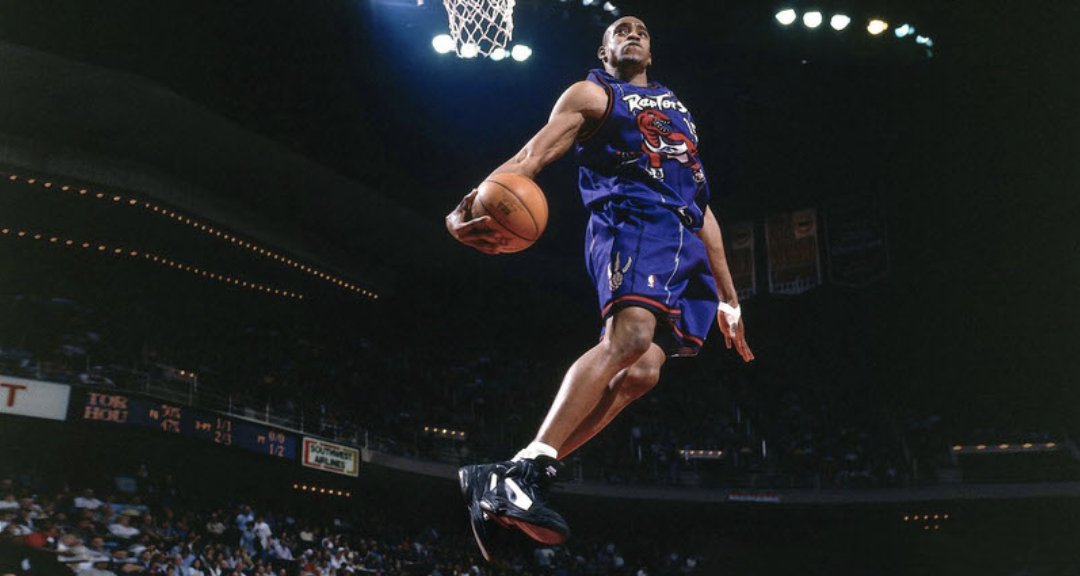
Ben Wallace went from undrafted to $90 million in career earnings, cementing himself as an NBA legend.
The interesting part?
Without $3 haircuts and a mentor, it would have never happened.
Time for a thread 👇👇👇
The interesting part?
Without $3 haircuts and a mentor, it would have never happened.
Time for a thread 👇👇👇

1) Let's start in 1990 — Ben Wallace, born and raised in Alabama to a family of 13, is a teenager obsessed with two things:
Football & Basketball.
That summer, Wallace wanted to attend Charles Oakley's basketball camp.
The only problem?
He didn't have money to pay for it.
Football & Basketball.
That summer, Wallace wanted to attend Charles Oakley's basketball camp.
The only problem?
He didn't have money to pay for it.
2) Determined to make enough money to attend Charles Oakley's camp, Ben Wallace spent weeks cutting hair for his friends & family.
At $3 a cut, Wallace eventually saved up enough to attend the week-long basketball camp.
With camp paid for and $50 for gas, Wallace hit the road.
At $3 a cut, Wallace eventually saved up enough to attend the week-long basketball camp.
With camp paid for and $50 for gas, Wallace hit the road.
3) While at the camp, Charles Oakley—a premier NBA player at the time—took a liking to Ben Wallace.
Oakley even challenged Wallace to a game of one-on-one.
The result?
A busted lip and mutual respect.
“It was going to be a fight before there was going to be a winner or loser”
Oakley even challenged Wallace to a game of one-on-one.
The result?
A busted lip and mutual respect.
“It was going to be a fight before there was going to be a winner or loser”
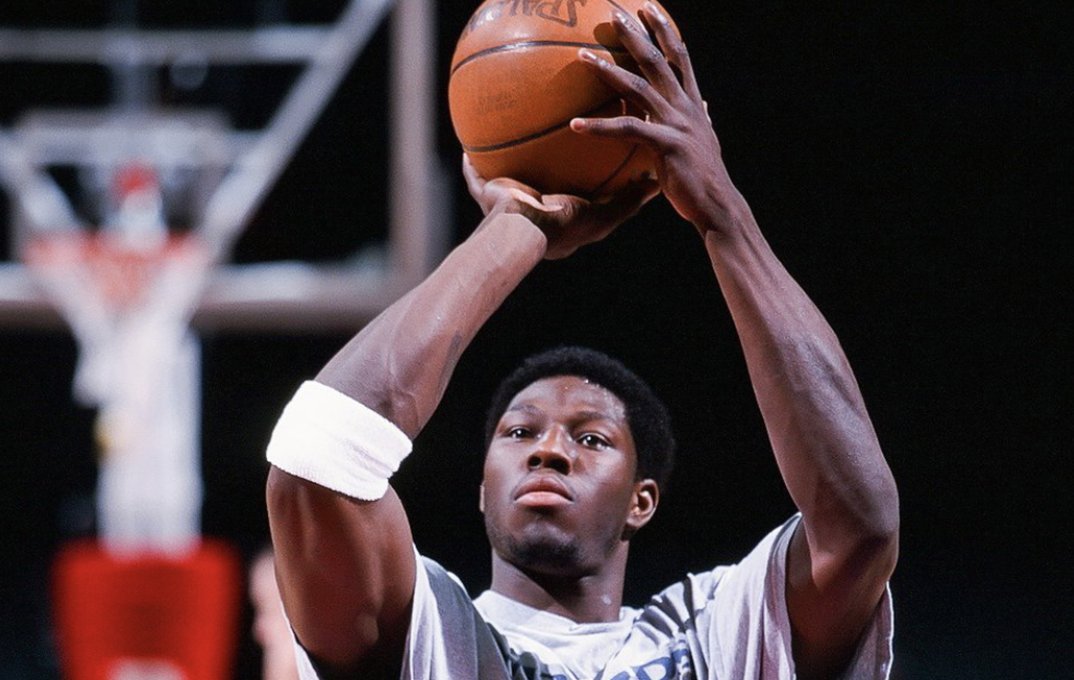
4) After playing an extremely physical game of one-on-one with Charles Oakley, 16-year old Ben Wallace left the camp with a mentor.
Oakley and Wallace exchanged numbers and agreed to stay in touch.
Their friendship would change Wallace's life forever.
Oakley and Wallace exchanged numbers and agreed to stay in touch.
Their friendship would change Wallace's life forever.
5) The next fall, Ben Wallace injured his neck during football season and decided to focus all of his attention on basketball.
There was just one problem...
All of his college scholarship offers were for football, not basketball.
He called his friend Charles Oakley for help.
There was just one problem...
All of his college scholarship offers were for football, not basketball.
He called his friend Charles Oakley for help.
6) Looking to land Ben Wallace a scholarship, Charles Oakley called his former coach at D-II Virginia Union — Dave Roberts.
Roberts, who was looking for a big man, asked "‘Well, is he a big man?"
Oakley responded, "Well, he’s not real big, but he sure is a man"
Roberts was in.
Roberts, who was looking for a big man, asked "‘Well, is he a big man?"
Oakley responded, "Well, he’s not real big, but he sure is a man"
Roberts was in.
7) Despite Ben Wallace landing a scholarship, his SAT score didn't hold up — meaning he wouldn't be able to attend Virginia Union.
His backup plan?
Community College
Charles Oakley made a call to Cuyahoga Community College in Cleveland and arranged for Wallace to play there.
His backup plan?
Community College
Charles Oakley made a call to Cuyahoga Community College in Cleveland and arranged for Wallace to play there.
8) While at Cuyahoga Community College, Ben Wallace dominated on the court — averaging 17 rebounds and 7 blocks per game.
That summer, Wallace worked at a car wash Charles Oakley owned and regularly trained against professionals in the Cleveland Pro-Am.
Next up — Virginia Union

That summer, Wallace worked at a car wash Charles Oakley owned and regularly trained against professionals in the Cleveland Pro-Am.
Next up — Virginia Union

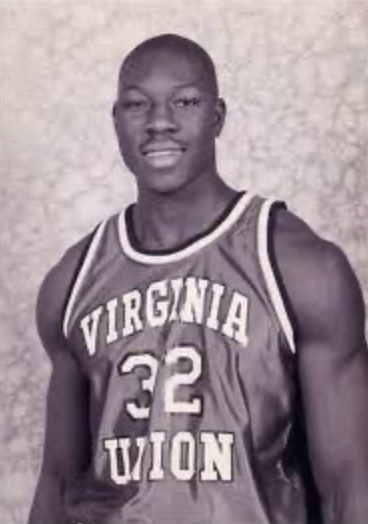
9) After arriving at small Division II Virginia Union, Ben Wallace dominated the competition.
HC Dave Roberts says, “He came in and was an instant star.”
As a senior, Wallace was named an All-American.
The bad news?
His name wasn't called during the 1996 NBA Draft.
HC Dave Roberts says, “He came in and was an instant star.”
As a senior, Wallace was named an All-American.
The bad news?
His name wasn't called during the 1996 NBA Draft.
10) After going undrafted, Ben Wallace tried out for a team in Italy — but weeks later, he received a call from Washington.
They needed someone who could "rebound the basketball, protect the rim, and knock somebody on they ass if they come through the lane”
Wallace was the guy.
They needed someone who could "rebound the basketball, protect the rim, and knock somebody on they ass if they come through the lane”
Wallace was the guy.
11) Shortly after arriving in Washington as a rookie, Ben Wallace proved he belonged — and as the say, the rest is history.
-NBA champion
-4x DPOY (most ever)
-5x All Defense 1st Team
-4x All-Star (only undrafted starter ever)
Even better, the Detroit Pistons retired his jersey
-NBA champion
-4x DPOY (most ever)
-5x All Defense 1st Team
-4x All-Star (only undrafted starter ever)
Even better, the Detroit Pistons retired his jersey

12) Ben Wallace's journey from Junior College to NBA All-Star is something out of a book.
— Cuyahoga Community College
— D-II Virginia Union
— Undrafted
— Italy
— NBA All-Star
Don't forget though - what if he never met Charles Oakley?
The good thing is, we'll never find out.

— Cuyahoga Community College
— D-II Virginia Union
— Undrafted
— Italy
— NBA All-Star
Don't forget though - what if he never met Charles Oakley?
The good thing is, we'll never find out.
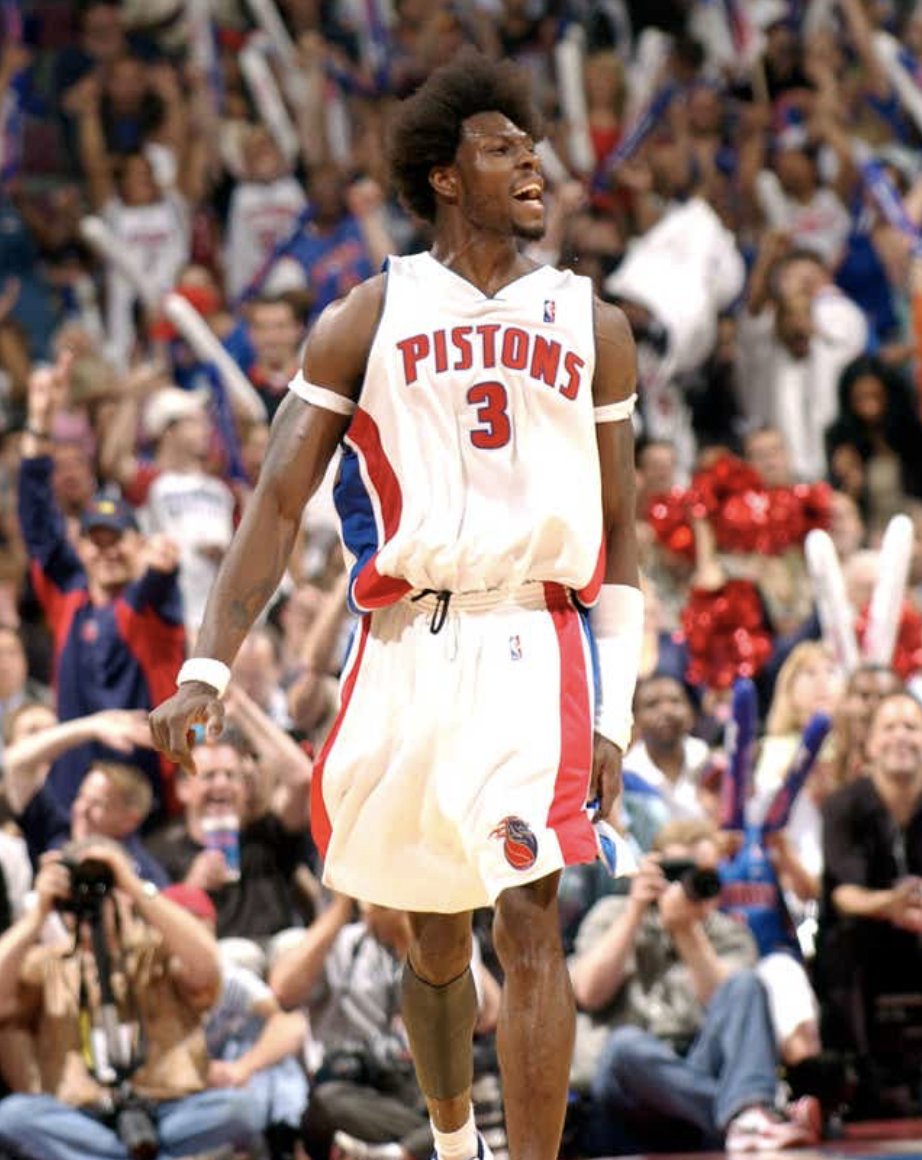
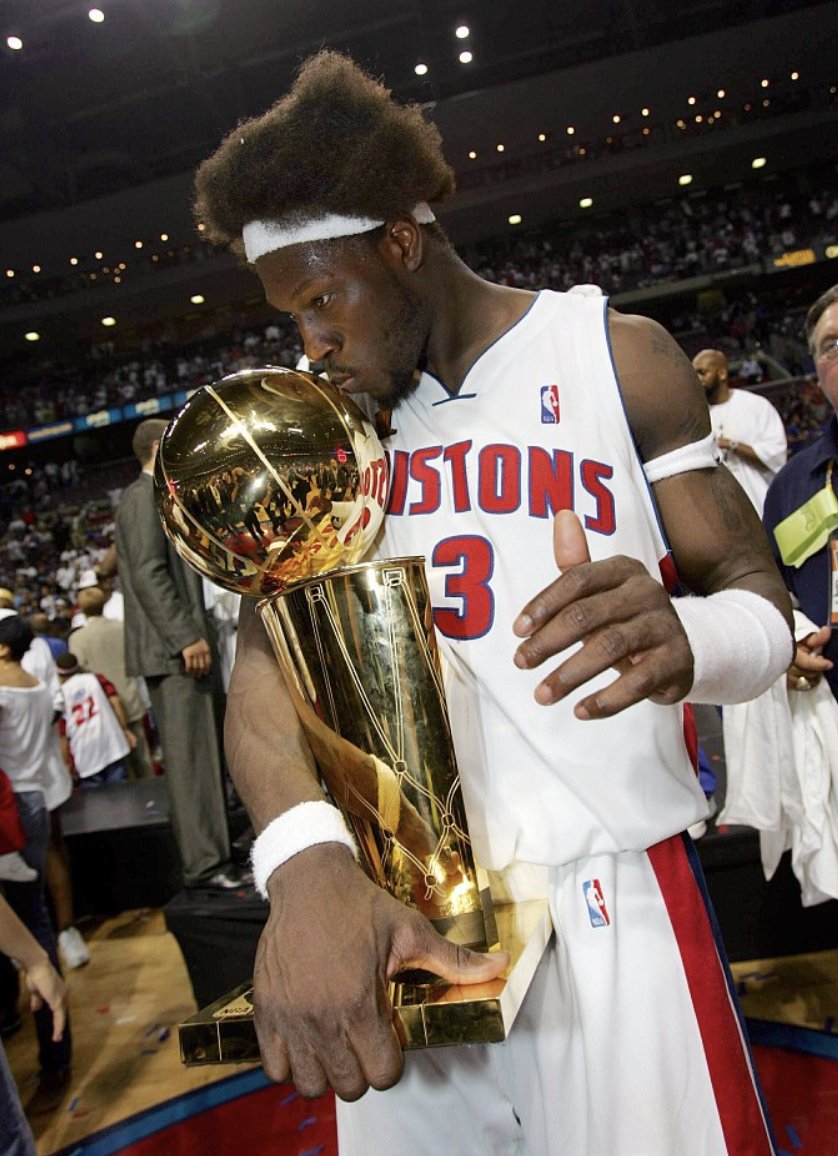
13) Ben Wallace is the perfect example of making the most of every opportunity.
Rather than wishing he had the money to attend a camp in high school, he went out, put in the work and made it happen — ultimately forming a lifelong friendship & achieving his dreams.
Legendary.

Rather than wishing he had the money to attend a camp in high school, he went out, put in the work and made it happen — ultimately forming a lifelong friendship & achieving his dreams.
Legendary.

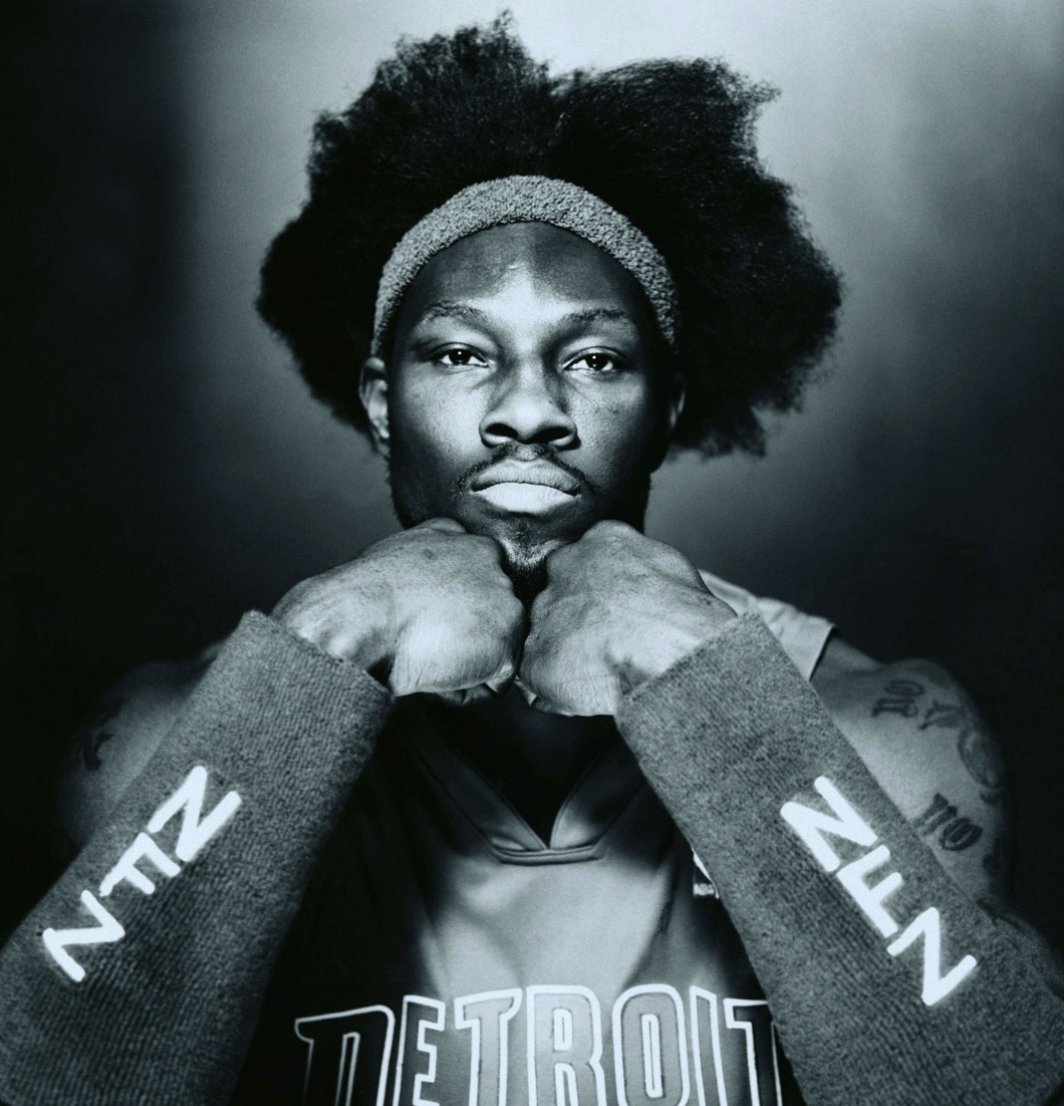
If you enjoyed this thread, you should:
1. Follow me, I tweet cool sports stories everyday.
2. Subscribe to my free daily newsletter where I give detailed analysis on topics involving the money and business behind sports.
readhuddleup.com
1. Follow me, I tweet cool sports stories everyday.
2. Subscribe to my free daily newsletter where I give detailed analysis on topics involving the money and business behind sports.
readhuddleup.com
Also, don't forget @AthleticBrewing is the reason I'm able to create sports business content full-time.
If you want to support me, buy some beer - it's really great stuff.
Use code "JOE25" for 25% off at athleticbrewing.com
If you want to support me, buy some beer - it's really great stuff.
Use code "JOE25" for 25% off at athleticbrewing.com
• • •
Missing some Tweet in this thread? You can try to
force a refresh

